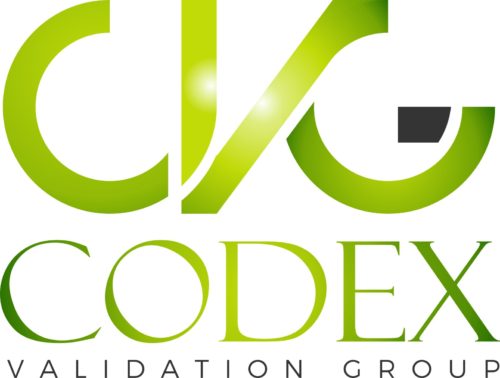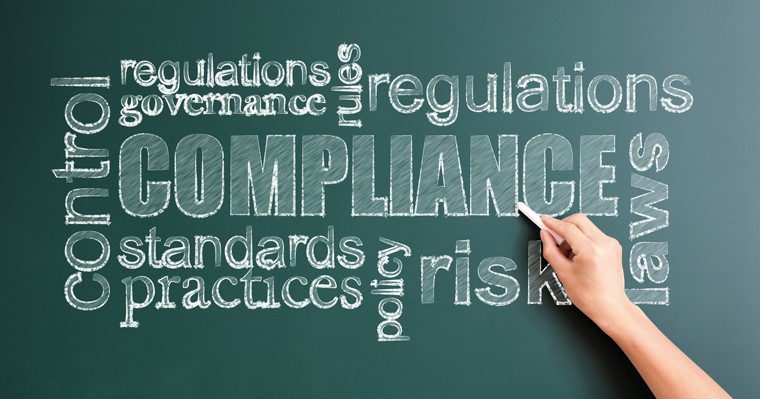from: https://www.ehstoday.com/
Communication is key to the re-opening process, and helping employers get over fear of messing up.
With all of the confusion surrounding different states’ decisions over the re-opening of businesses shut down because of the Coronavirus pandemic, and new perplexities raised by managing a fearful and sometimes remote workforce, employers may be concerned about whether they have been doing the right things to prepare their workers for the future.
“Business owners want to keep their employees healthy and safe. They also want to operate in a way that garners at least enough income to keep their doors open. And, at the core, employers suffer from FOMU—Fear Of Messing Up,” says attorney J. William Manuel of the law firm of Bradley Arant Boult Cummings.
The federal government has already given advice in bits and pieces for employers to follow, including Occupational Safety and Health Administration (OSHA) directives on how to deal with employee testing and maintain a safe workplace, the Equal Employment Opportunity Commission (EEOC) guidelines for protecting employee privacy, and the Centers for Disease Control and Prevention (CDC) recommendations for handling employees returning to work after having suffered through a bout of the virus.
Other health and safety experts have supplied their own advice on what to do. The commercial real estate giant Cushman & Wakefield is now offering a free guide to preparing offices and other commercial workplaces for returning tenants and employees. This includes detailed instructions about how employers can lay out what the company terms “The 6 Feet Office “ Part of their advice is to “communicate for confidence by recognizing employees’ fears about returning. Communicate transparently, listen closely and survey them regularly.”
Communications with workers is an essential element of employers’ response to the virus. Executives for businesses large and small have had to invest extra time in keeping up with all of the ever-changing laws and regulations, as well as guidance about how to help your workforce stay safe and healthy. Our knowledge of the COVID-19 virus—how it is spread and how best to combat it—is changing all the time. When it comes to re-opening, what is an employer to do?
All during the pandemic, experts have rated effective, interactive communications with your workforce a top priority, and that is even more important as you begin to welcome employees back into what they inevitably perceive as an uncertain situation.
Looking back, the most important question for a business owner or manager to ask themselves is, “How do you want to be remembered for handling the shutdown?” Manuel asserts.
“No company and no manager can be perfect. Things that appear to be a good idea at the time may be viewed as incredibly shortsighted—or even callous and dangerous—just a few weeks later,” he points out. “The true test of good management usually comes down to the basics: Did you treat your employees with respect? Were you open enough to accept change? Did you pull everyone together as a team?
“Companies need help at all levels to thrive, and employers won’t be happy if it turns out they need to hire and retrain an entire new workforce once everything is back up and running,” Manuel notes. “Anticipating the eventual transition back to regular operations, employers should also start preparing themselves now for inevitable future inquiries on why employees cannot continue to work from home, as they have throughout the shutdown.”
Strengthen Communications
In times of uncertainty, one of the best exercises a business leader can pursue is taking a hard look at getting back to basics in their business, Manuel declares. “With many of us having to work from home, it is a perfect time to examine not only your workforce, but also the structure and operation of your business.”
Manuel argues that social distancing and remote communication have in some ways made our communications more efficient. E-mails have gotten shorter and more to the point. Conference calls are eliminating some of the nonessential chatter and focusing on overall results, he says.
“Video conferencing probably has caused the most tightening up of agendas; whether it’s because most people hate seeing themselves on screen, or due to fears of network instability freezing up a conference that has dragged on too long, managers and groups tend to move more quickly through an agenda than they might in a conference room.”
He also claims that video conferencing has cut out the “filler” of side conversations that naturally occur in face-to-face group meetings, and fosters an environment that focuses on the task at hand. The difficulty in finding time for all team members to log in together has made it more likely to consider whether a question can be decided via e-mail instead of an assembly of Brady Bunch-like TV squares in a Zoom meeting.
One advantage of these changes, according to Manuel, is that while the technological aspects of post-COVID communication will be interesting and likely permanent, one of the more substantive changes could be the increased level of participation all employees may feel in the operations of their workplace.
A basic lesson for management should be the need establish regular communication with your employees about more important matters than their daily duties and group projects, he suggests.
“For some work sites, the greater level of disclosure was new—and welcomed,” Manuel says. “For some reason, numerous business owners still believe that the most effective leadership style is to keep their employees in the dark. ‘If they have a problem, they know where to find me.’ Not surprisingly, that type of black hole management style typically results in rampant rumor and suspicion among the payroll roster in times of extreme uncertainty.”
He believes that the necessity of “how to work from home” kinds of communication may have shown managers who were previously less communicative that more information is not actually a problem but in fact can serve as an effective answer to false rumors and uncertainty rife in the workforce. “In fact, most employees have been better able to follow the instructions because they have a sense of how it affects the business.”
Showing Appreciation
In addition, the pandemic has resulted in hourly and salaried workers beginning to ask themselves some hard questions, he observes. Among these are whether their reduced hourly schedules are bringing in enough pay, should they seek other employment because their current employer might not survive the shutdown, and are unemployment benefits more stable than their current paychecks?
“Communication will go a long way toward smoothing out any rough edges the current situation may be exposing,” Manuel says, recommending that management holds a virtual staff meeting in which well-deserved, and perhaps overdue, compliments are given, which may ease the feeling of non-appreciation.
Other ways of showing appreciation could include gift cards for those who have helped with the transition to at-home work to show that they are a valuable part of the team. “And certainly, an evaluation of a long-deserved raise, or at least an offer that one can be discussed when operations are back up to speed, will add to that sense of loyalty,” he advises.
A simple e-mail asking how your employees are faring, or a more detailed request for employee status updates for larger companies, may generate responses to help give an employer a better impression of where the staff currently stands, and where it might be headed in the weeks to come, he recommends
Be mindful as well to incorporate improved communication and transparency into all employment levels from the bottom up. Essential employees are not the only workers who keep your operations running in non-emergency times. (But be aware that requiring a response will affect your timekeeping requirements for employees of varying classifications, Manuel warns.)
“There is no harm in an employer simply admitting that a change in policy or operations is based on ‘what we know at this time.’ Open and honest communication continues to be the primary objective. Employees are less likely to fault the boss if everyone feels like they are working together,” according to Manuel.
Social distancing has underlined the preciousness of human communication, as well as awareness that when it is missing, everyone feels it, he stresses. “Employers should remember that lesson and start building routines that value input—both ways,” he says. “Their employees will remember how everyone bonded together to get through the shutdown and can apply lessons learned when tackling future obstacles.”
He adds that managers need to ask themselves if during this time of crisis, they tried to value their people, communicated with them truthfully, and provided an environment that encouraged teamwork? Did they recognize those employees who may be the lifeblood of their business and let them know their value?
“If the answers are yes, you will end up not only with a healthy balance, but a loyal and effective workforce. And you won’t have messed up,” Manuel concludes.


